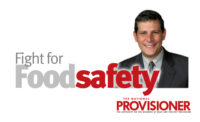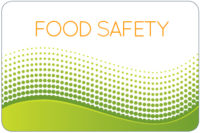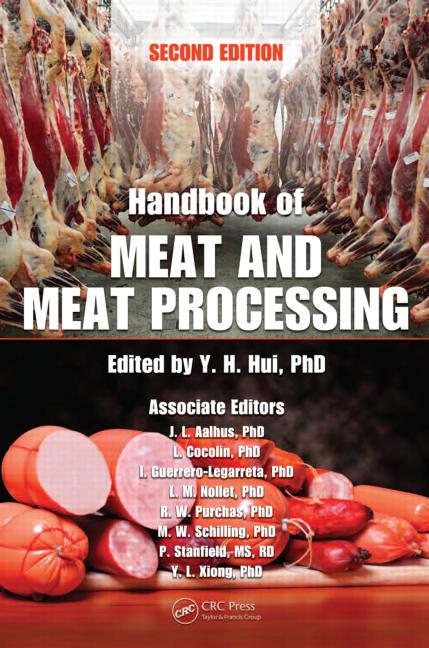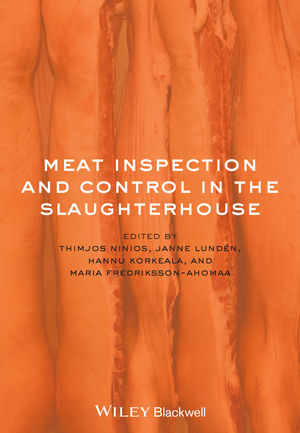Effective sanitation is the cornerstone of any robust food-safety program. Companies faced with the daunting task of ensuring that unwanted pathogens never reach their food products, however, may on occasion become frustrated with the complexity of the task. After all, complete elimination of microscopic organisms — which exist naturally throughout our diverse environment — can sometimes seem a nearly impossible goal.
Thus, before any effective sanitation program can be implemented (or enhanced), a company should identify and assess all potential sanitation hazards, then develop robust measures to combat each. Perhaps counter-
intuitively, the effective implementation of a standard sanitation operating program should start with a panoptic evaluation of the entire operation.
Each step in the production process, including facility design, employee hygiene and dress, pre-operational sanitation, receiving, production, shipping, and maintenance must be carefully evaluated. Carefully assessing and then compartmentalizing each of the numerous potential hazards, once identified, will make the process of integrating them into a single sanitation program much easier.
In addition, facilities and work areas should be engineered to mitigate cross-contamination, while also promoting the smooth, practical flow of product from receiving through shipping. Here too, careful assessment of hazards, followed by necessary enhancements to facility design, will allow unimpeded flow of traffic, effective use of space for critical interventions, and ample work area for employees, supervisors and inspectors.
Controlled access to segregated break areas and restrooms, coupled with easy access to hand-washing stations located at each entry to the production floor, also will facilitate food safety by directing and keeping idle employees away from production areas.
Pre-operational sanitation is also critically important to prevent contamination of products and — if pathogens are introduced — persistence. Thus, each facility should be divided into zones for cleaning, ensuring that no areas are overlooked. Each zone should also have detailed procedures for cleaning and sanitation, including the complete breakdown and sanitization of all equipment. Critical task checklists should be published, reviewed and signed off on, each day.
Finally, the weakest point of your HACCP plan also will play an integral role in maintaining proper sanitation. In this regard, the failure of a single critical control point can allow unwanted pathogens to contaminate product or the processing environment. Thus, remember that your sanitation and HACCP plans are each, ultimately, dependent upon the effectiveness of the other.
In the end, whether maintaining your individual sanity, enhancing your sanitation procedures or ensuring food safety generally, the true best practices are always about safeguarding health.
Shawn K. Stevens defends and counsels meat companies in foodborne illness matters throughout the United States. Mr. Stevens also assists industry clients with regulatory compliance, recall planning, crisis management and other issues in advance of and following major food-product recalls. Additional information about his practice can be found at www.defendingfoodsafety.com.








Report Abusive Comment